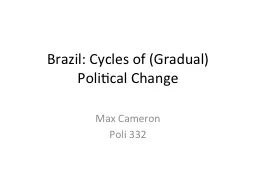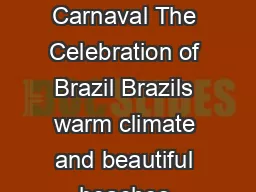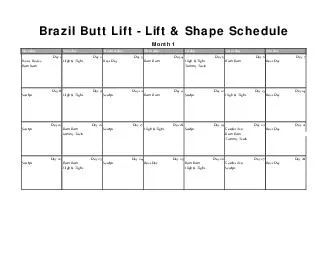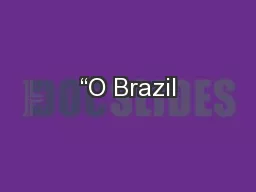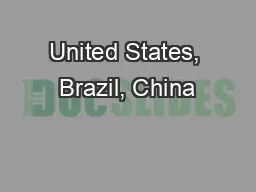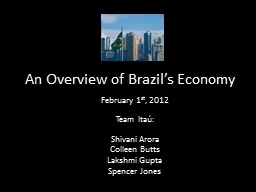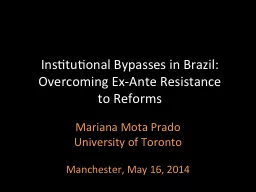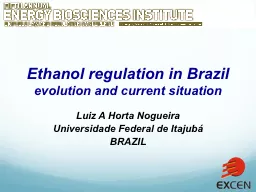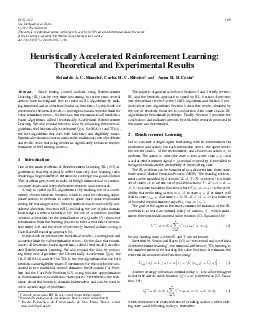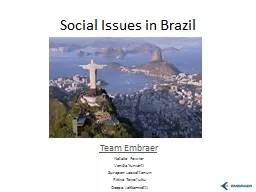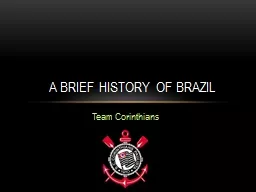PPT-Brazil: Cycles of (Gradual)
Author : luanne-stotts | Published Date : 2018-02-15
Political Change Max Cameron Poli 332 Historical Periods Monarchy rather than anarchy 18221891 Late establishment of oligarchic republic 18911930 Populism Estado
Presentation Embed Code
Download Presentation
Download Presentation The PPT/PDF document "Brazil: Cycles of (Gradual)" is the property of its rightful owner. Permission is granted to download and print the materials on this website for personal, non-commercial use only, and to display it on your personal computer provided you do not modify the materials and that you retain all copyright notices contained in the materials. By downloading content from our website, you accept the terms of this agreement.
Brazil: Cycles of (Gradual): Transcript
Download Rules Of Document
"Brazil: Cycles of (Gradual)"The content belongs to its owner. You may download and print it for personal use, without modification, and keep all copyright notices. By downloading, you agree to these terms.
Related Documents

